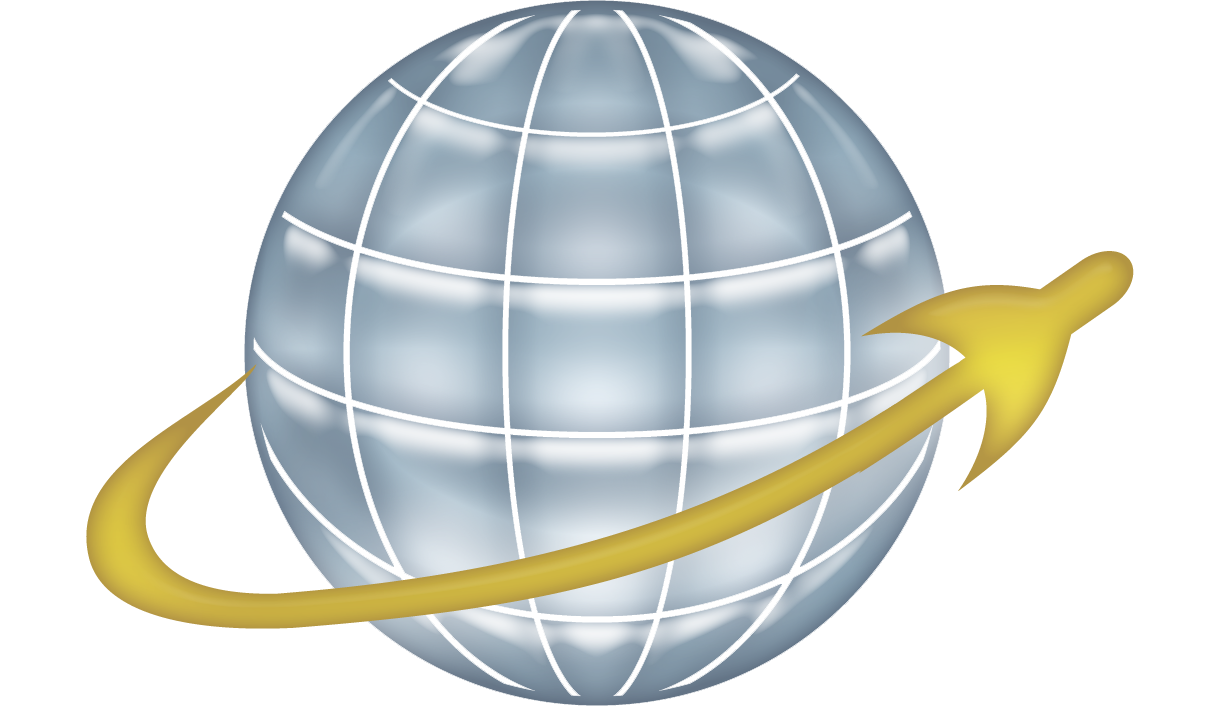In 1964, due to the efforts of many including Dr. Martin Luther King Jr, the Civil Rights Act was passed. On November 2nd, 1983, President Ronald Reagan signed the bill that would create the national holiday in his memory that we now celebrate. To honor MLK’s efforts and those of the many others involved in the Civil Rights Movement, we thought we’d look at what it has meant for space exploration, and how space is now integrated into their memory and contributions to our lives.
An Inclusionary Space Program
The first African American to be a candidate for NASA’s astronaut program was Ed Dwight. Like many other NASA astronauts, Ed Dwight was a test pilot. After President Kennedy’s assassination, his path at NASA changed. There seem to be two separate stories, both told by Dwight himself. The first is a report written by Dwight detailing others at the training school making many discriminatory comments (for more about what was known publicly in 1965, see this article in Ebony Magazine). Twenty years later in 1985 though, Dwight said in an interview with the same publication that President Lyndon B. Johnson, who took office following Kennedy’s assassination, “wanted his own Black guy, and they chose [Robert] Lawrence” (Ebony Magazine, Feb 1984).

Ed Dwight, former Air Force test pilot and NASA astronaut in training
Robert Lawrence Jr, Dwights successor, seemed like he might also have the right stuff. He was selected for astronaut training for the Air Force’s Manned Orbital Laboratory program right after completing the Air Force’s Test Pilot Training School in 1967. Sadly, 6 months later in December, Lawrence died in a training accident.
Since Dwight, and including Lawrence, there have been 20 black astronauts, 14 of which have gone to space. There have also been 5 men and women of Asian decent in the US space program who have reached space.
Celebrations of their Memory and Contributions
There have been many space related ways that MLK’s memory, and the memory of the contributions of others in the space program have been celebrated.
Photography

The moon, or supermoon, is seen as it sets over the Martin Luther King Jr. Memorial on Monday, Nov. 14, 2016. Photo Credit: (NASA/Aubrey Gemignani)
Sculpture
Remember Ed Dwight, the first black astronaut in training? After leaving the Air Force, he became a sculptor. He has created a number of great pieces of art in display all over the country, including this African American History Monument in the State Capital Grounds of South Carolina.
Dwight didn’t just become a great sculptor though, he became a master. Besides his many works, Dwight is also credited with inventing the negative space technique in sculpting, which you can see evidenced in his Jazz series, among others. You can see pictures of these and many of his works on the website for his studio.
Many More
These are just some of the highlights of how the Civil Rights Movement affected space, and how space has become integrated in how we celebrate them. There’s more than astronauts, pictures, and sculptures though that we can appreciate on MLK day. The recent movie Hidden Figures shows that there is much more beyond the surface. What else do you know that helps paint the picture of how the Civil Rights Movement changed space, and how its changes to space changed the world?




















